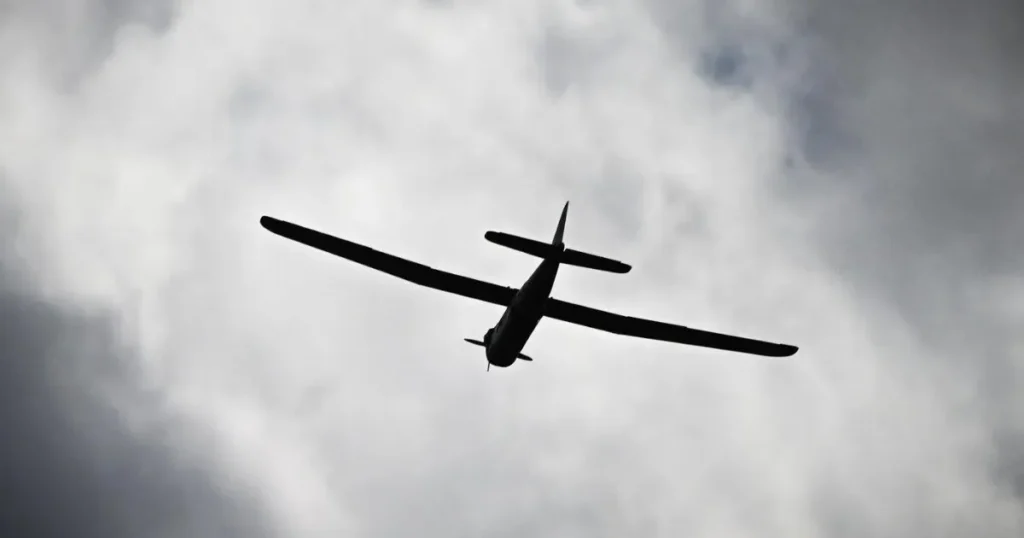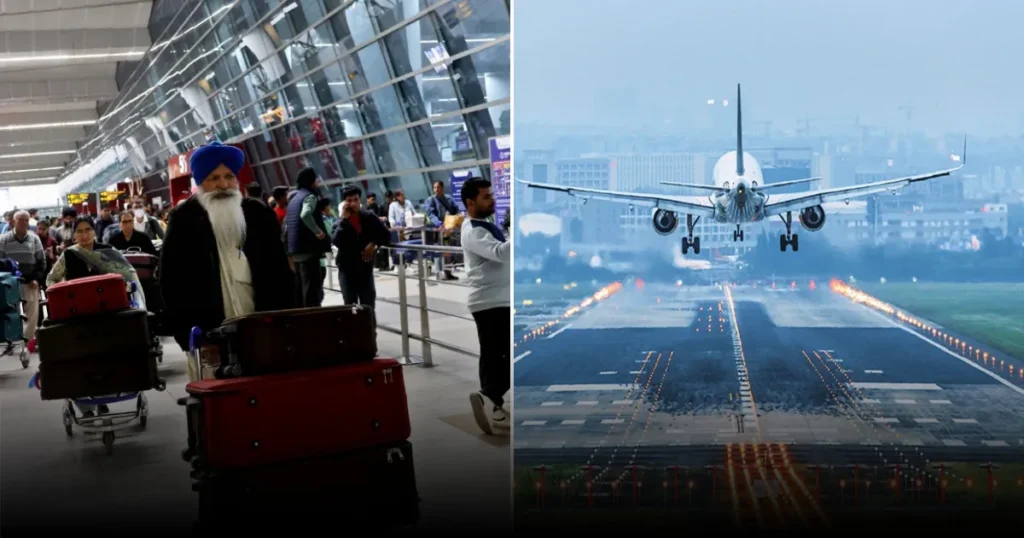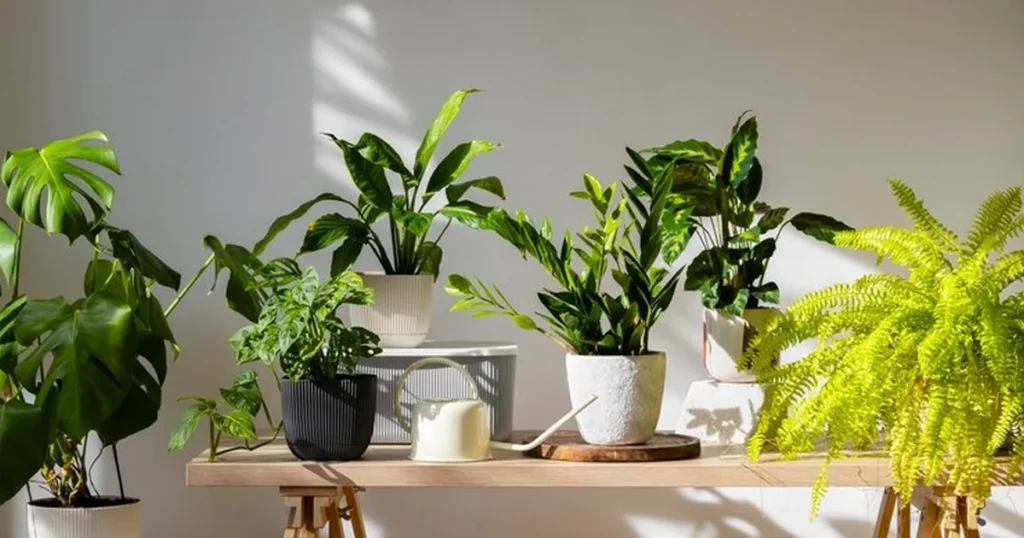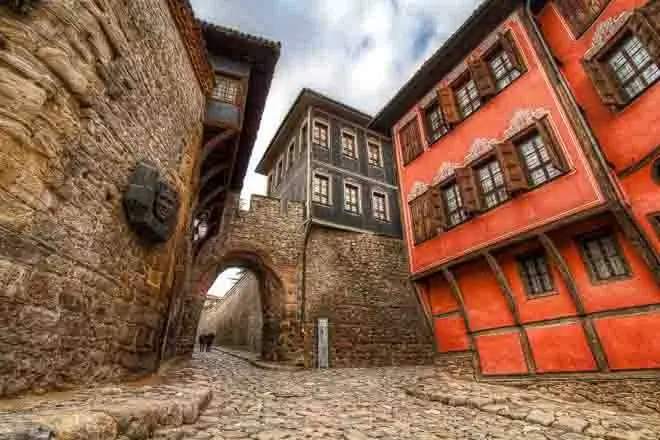
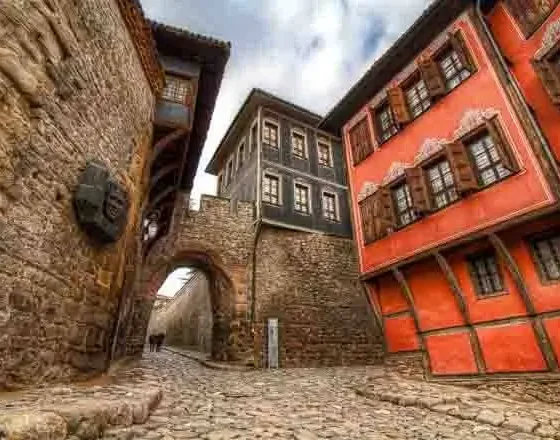
Plovdiv, ancient and eternal
Going 130 km on the expressway South-East of Sofia the Bulgarian capital will take you to this second largest city in the country
Going 130 km on the expressway South-East of Sofia the Bulgarian capital will take you to this second largest city in the country. Built in the Thracian region on seven hills like Rome, 8000-year old Plovdiv , home to 350000 inhabitants from various regions, is the oldest inhabited city in Europe, older than Athens or Rome. No longer known only as a provincial halt of the Orient Express, the charming city is definitely more relaxed than the capital and more and more local and foreign tourists enjoy its small-town pace and atmosphere. Many international cultural events take place throughout the year and Plovdiv was awarded in September 2014 the prestigious and coveted title of European Capital of Culture for 2019. Many special events have already been scheduled to celebrate this opportunity to put it on the map for potential tourists from all parts of Europe and beyond.
Brief historic outline
Traces remain from old inhabitants from the New Stone, Copper and Bronze Ages. During the first millenium B.C. a town called Evmolpia was established, to be conquered in 342 B.C. by Philip II of Macedonia who changed its name to Philippopolis.
In 72 B.C. it was conquered by the Roman military commander Marcus Terentius Varro and incorporated in 46 A.D. in the province of Thracia and thereafter named Trimontium as it was then built on three hills.
In 172 A.D. Emperor Marcus Aurelius built a second fortified wall allowing the town to expand beyond the original hills. When the Roman Empire was split into Eastern and Western Empires, Trimontium became part of the Eastern Roman Empire with Byzantium (later to become Constantinople) as its capital.
After surviving many invasions, Justinian the Great renovated the town which fell into Bulgarian hands during the reign of Khan Krum in 812 A.D. and became an integral part of Bulgaria under his grandson Malamir. The city was levelled in 970 by Prince Svyatoslav of Kiev and captured during the 3rd Crusade (1189-1190) by German Emperor Friedrich I Barbarossa.
In 1204 the Knights of the 4th Crusade conquered Constantinople and founded the so-called Latin Empire and the city was given to a French nobleman called Renier of Trit who later lost it to Bulgarian Czar Kaloyan. In 1370 it was seized by the Ottoman Turks under Sultan Mourad Ist who called it Filibe. The 18th and 19th centuries were the time of the Bulgarian National Revival when the city entered a new economic and cultural era. In 1851 the Feast of the Bulgarian Script was established to celebrate the memory of Brothers Cyril and Methodius, creators of the Cyrillic alphabet.
The city was liberated from Ottoman rule on January 16, 1878. At that time the city was the largest and most populated in the country as well as the capital of the autonomous province of Rumelia and seat of its Governor.
On Sep 6, 1885 the union of Eastern Rumelia and the Principality of Bulgaria was officially declared.
During the totalitarian regime (1944-1989) culture and economy continued to develop. After the restoration of economic freedom in 1989, Plovdiv started to modernize and prosper.
Main tourist sites
Archeological Remains
Ancient Theatre overlooking the city, built at the end of the 1st century under Emperor Trajan with a capacity of 5000-7000 and still used for various kinds of events and performances
In the heart of the city, the Forum and Odeon built at the same time as the Theatre. Former seat of the city councillors of Philippopolis with a capacity of 300-350, it is used nowadays for theatrical, musical and literary events
Roman Stadium seating 30000 in ancient times, 240m long and 50m wide. Located in the middle of the main pedestrian street, it has 14 rows of marble seats still usable, the corner angles of some rows adorned with a stylised lion’s paw.
Early Christian (Small) Basilica and Baptistery discovered in 1988 when building a new apartment block. It is a 3-nave single-apse structure 20m long and 13m wide with floors covered with polychrome mosaics. It was built in the 5th-6th century ; restoration started in 2011 and was completed in 2013.
Early Christian Episcopal Basilica built at the same time as the Small Basilica, it is located South of the Catholic Cathedral of St Louis and was 86m long and 39m wide. It was discovered in 1982 during excavations which are still in progress.
Archeological Museum housing rich collections of artifacts and works of art related to the history of Plovdiv.
The Old Town
Dzhumaya (Friday’s) Mosque located above the Roman Stadium it marks the beginning of the Old Town. It was built under Sultan Mourad II (1421-1451) with 9 lead-covered cupolas on the roof and a 33 X 27m prayer room.
The Old Town is built at the foot of the old fortress on Nebet Tepe Hill and dotted with magnificent Bulgarian Revival houses and a handful of art galleries. It stands near Hisar Kapia, the old arched eastern gate of the acropolis wall. The architectural ensemble of over 200 houses built during the 18-19th century gives the area a unique charming atmosphere and strolling through the quiet cobbled streets is an unforgettable experience. Main houses : Argir Kuyumdzhiouglu’s (1847, now Ethnographic Museum), Dimitar Georgiadi’s (1846-48, now Bulgarian Revival Exhibition), Balabanova, Nedkovitch (1862-63), Hindlyan (1835-40), Hadzhi Vlasaki Chokhadzhi’s, Georgi Mavridi’s (« Lamartine’s House ») and Dr Sotir Antoniadi’s (now Pharmacy Museum). Some of the houses open to the public have a richly furnished and elaborately decorated interior.
There are also eight Orthodox churches and two chapels in the area. St Constantin and Elena is a three-nave church with a magnificent iconostasis with icons by the famous painter Zahari Zagraf.
The New Town
The Pedestrian Main Street, backbone of the city, is lined with shops and proud buildings in classic, Secession and post-modern styles. To name but a few : Shopping Centre Excelsior (1911), ex department store Orozdi Bak (1896, now Hebros Bank),the former Greco-Armenian Club, Mollovi drugstore (1920-25) and the former Metropole Hotel (1901) .
Stefan Stambolov Square with a monumental fountain in the middle is home to Plovdiv’s City Hall with the former Astoria Hotel facing it from the opposite side.
Kapana (the « trap ») is a former district of ill repute gradually being turned into a lively area at night in its maze of small streets full of outdoor cafés, boutiques and art galleries.
Czar Simeon’s Garden was created at the end of the 19th century by Swiss Lucien Chevalas, court gardener of the Turkish sultan Abdul Aziz. It is now a huge recreation area with an artificial lake and singing fountains. In the original part of the garden one can still admire Demeter’s Fountain (Greek goddess of fertility) by Italian sculptor Arnoldo Zocchi and monuments of Bulgarian spiritual leaders as well as modern sculptures.
Sightseeing out of town
In the Plovdiv area there are 80 wineries where the most common grape variety is the local Mavroud. This original grape was never affected by the phylloxera pest and never had to go through a grafting process like most other kinds of grapes.
If you are not interested in wine, remember that Kamenitsa was the first Bulgarian beer to be brewed in 1881
Two monasteries are a short distance from the city : the Bachkovo Monastery and the less visited Arapovo Monastery of St Nedelya.
Another interesting side trip is the Asen Bogoroditsa Fortress in Asenovgrad with its mountain church of Our Lady of Petritch.
Plovdiv is definitely an exciting destination to include in your travel plans especially in 2019 when it will celebrate its title of European Capital of Culture !
Jacques J. CAMPE 21/10/2016
Достопримечательности Россия
Лучшие тематические парки развлечений в Европе
В Европе расположены одни из ведущих в мире парков развлечений с захватывающими дух аттракционами.
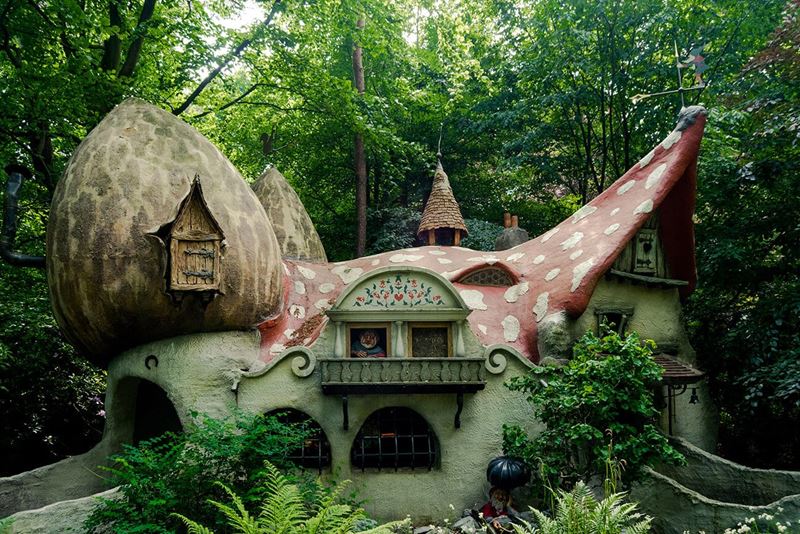
Мы расскажем вам о парках, которые в последние годы демонстрируют наибольший рост посещаемости, а также выясним, почему некоторые из ведущих парков продолжают оставаться столь успешными.
1. Диснейленд-парк, Диснейленд Париж, Франция — посещаемость 9 930 000 человек
Парк Диснейленд является флагманским объектом курорта Disneyland Paris, и его проверенные временем аттракционы привлекают большое количество гостей. К ним относятся «Мир тесен», «Гора Большого Грома», «Пираты Карибского моря» и «»вездные войны», «Гиперкосмическая гора».
В 2021 году в парижском Диснейленде была введена новая программа обеспечения доступности, предоставляющая персональную автономию посетителям с ограниченными возможностями и особыми потребностями.
«Наша новая программа доступности — это важный шаг вперед в нашем стремлении обеспечить доступность Disneyland Paris, позволяющий каждому гостю ощутить магию парка Disneyland и Walt Disney Studios Park», — сказал Даниэль Делькур, старший вице-президент Disneyland Paris.
В 2022 году парижский Диснейленд отметил свое 30-летие.
В 2023 году парк объявил о ряде мероприятий и обновлений, посвященных компании Pixar. Среди них — новая комната по мотивам фильма Disney и Pixar «Лука» (2021 г.) в ресторане Pizzeria Bella Notte и преобразование ресторана Fuente Del Oro в мексиканской тематике во Frontierland в Casa de Coco — Restaurante de Familia по мотивам фильма Disney и Pixar «Коко» (2017 г.).
2. Европа-парк, Германия — посещаемость 5 400 000 человек
Самым загруженным тематическим парком Европы, не принадлежащим компании Disney, является Europa-Park в Германии. В 2019 году семья Мак, владеющая парком, приступила к осуществлению самой крупной инвестиции — строительству долгожданного аквапарка Rulantica.
Построенный на сумму около 180 млн. евро, этот преимущественно крытый объект выполнен в привлекательной скандинавской тематике. Некоторые из его горок и аттракционов являются первыми в своем роде в Германии. Объект площадью 32 600 кв. м непосредственно связан с шестым тематическим отелем курорта Europa-Park — Krønasår. В 2021 году к «Рулантике» добавился еще один отель — «Свальгурок».
В целом именно внимание к деталям делает Europa-Park таким привлекательным местом для посещения. Аттракционы и развлечения распределены по тематическим зонам, представляющим 18 европейских стран. В 2020 году в парке была открыта многомиллионная реконструкция аттракциона «Пираты Батавии».
Недавно в парке появилась новая концепция развлечений — Eatrenaline.
3. Эфтелинг, Нидерланды — посещаемость 5 430 000 человек
Следующим в списке лучших тематических парков Европы является Эфтелинг. В 2019 году посещаемость тематического парка №1 в Нидерландах составила 5,4 млн. человек. Однако за последние 10 лет этот сказочный парк, расположенный неподалеку от Тилбурга, продемонстрировал исключительные результаты: в начале десятилетия его посещаемость выросла с 4 млн. человек в год.
Эфтелинг также ввел 365-дневный календарь работы и вторую деревню отдыха, Loonsche Land. Все это способствовало росту числа посетителей и формированию международного профиля.
Поклонники темных аттракционов высоко оценили аттракцион Symbolica, который был открыт в 2017 году. Кроме того, большие надежды возлагаются на предстоящий перезапуск классического аттракциона Droomvlucht («Полет мечты»). В то же время подводная горка Baron 1898 компании B&M заслуживает внимания не только благодаря великолепному тематическому оформлению, но и благодаря захватывающим ощущениям.
ДостопримечательностиКультура, ТрадицииМаршрутыОбзорыСтатьи по странам Россия
Кострома музейная. Путешествие в мир цыганской культуры и быта
Колорит и таинственность, пестрые юбки, браслеты, звенящие бусы и черные локоны, лошади, романс, гитара, кочевая кибитка…. Все это можно сказать про цыган — отдельную цивилизацию, существующую много веков параллельно нашей…
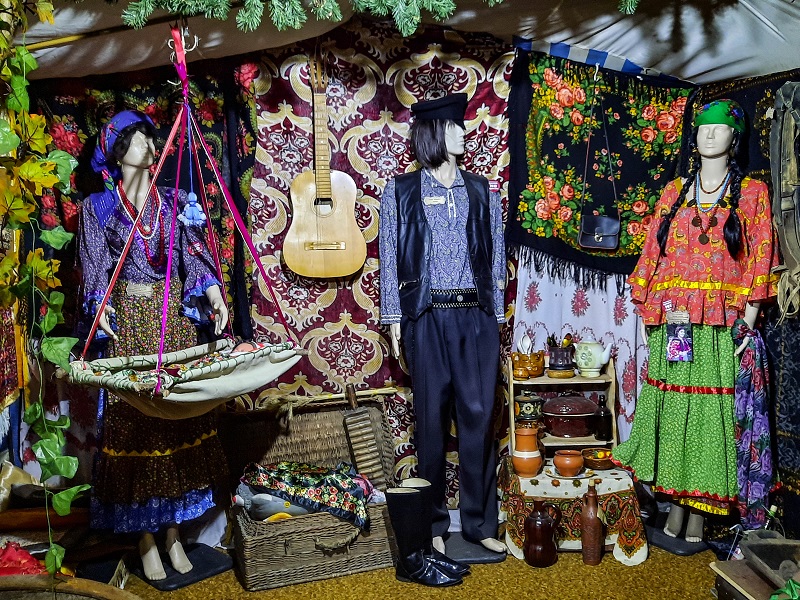
Почему они не смешались с народами, среди которых жили? Что мы о них знаем? То, что они с рождения прекрасно поют и танцуют, больше жизни любят лошадей, что они находчивы, хитры, вороваты, живут табором. Не много, практически ничего!
На сегодня это единственный кочевой народ, у которого нет своей страны, но, не смотря на это, у этого народа есть столица, хоть и не официальная (г.Сороки в Молдавии), есть свой гимн и свой флаг. И это, наверное, единственный народ, сохранивший при своей разрозненности язык, культуру и традиции, а еще почти не меняющиеся многие годы детали одежды, украшения и свои эталоны красоты.

С удивлением узнала, что этот народ – выходец из Индии. Яркие цвета, бусы из монет, множество украшений – все это отголоски народной праздничной одежды индусов. В наше время, цыган можно встретить во всех городах, странах и на всех континентах, говорят они на разных языках, впитывая диалекты и обогащая свой язык и традиции опытом тех народов, на территории которых они проживают.
Душу цыган сложно постичь без глубокого погружения в истоки зарождения этого народа, не послушав их песен и не увидев их танцев. Лирика цыганского народа стала знакомой всему миру через их проникновенные голоса, их веселье и задор. Ну а танцы — шумные, яркие, раскованные, с летящими подолами пышных юбок и звоном монет на груди у танцовщиц, стали символом радости и свободы изначально на ярмарках и праздниках, а сейчас на конкурсах среди профессиональных хореографических коллективов.
Кстати, подарком от цыган для нас является романс. Мне кажется, нет человека на земле, душу которого не трогает удивительно глубокая мудрость текста и задушевная музыка романса.

Сегодня прикоснуться к традициям этого загадочного народа можно приехав в Кострому. Именно в этом русском городе создан единственный Музей цыганской культуры и быта.
Коридоры музея, его комнаты заполнены предметами, одеждой, фотографиями, картинами, которые отражают тысячелетнюю историю народа, представители которого, рассыпались по миру как бусины одного ожерелья.
Хранитель музея, Андреев Сергей Борисович, эмоционально расскажет о том, чего мы не знаем — взаимоотношения цыган с коренными народами разных стран, традиционные занятия цыган, влияние европейской моды на цыганский костюм, их вклад в музыкальную культуру и кинематограф Европы и, конечно, России.

От входа — небольшой коридор истории СССР. Все экспонаты коридора – старые фотографии и документы, показывающие, как цыганам жилось в Стране Советов. А еще – история. Геноцид цыган во время многочисленных войн и особенно II Мировой. Солдаты Великой Отечественной. Хоть и нет у цыган своей страны – они шли воевать за СССР, становились Героями.

Отдельная экспозиция посвящёна театру «Ромэн», в котором о Костромском музее, хорошо знают. Здесь собраны костюмы, афиши, билеты, программки, фотографии. Среди экспонатов есть театральный костюм, лично подаренный Сергею Борисовичу народным артистом СССР, руководителем театра Николаем Сличенко. Из последних поступлений — наряд цыганки принадлежащей к касте котляров. Традиционное занятие этой касты не гадание и не лошади. Это ремесленники — кузнецы и лудильщики посуды.
Дальше – типичная цыганская комната, где всё, как положено — золотые чайные чашки, комоды, шкафы и неизменное пианино.

А еще в музее есть уголок с книгами, на полках собраны самоучители, словари и азбуки. И в финале сюрприз для посетителей – уголок цыганского театра кукол, представления которого увлекают не только детей, но и взрослых.

Основатель музея медленно, шаг за шагом погружает посетителей в тот мир, которого мы совсем не знаем. В мир, который он бережно хранит. Мир, который заслуживает внимания и который просто необходимо сохранить для будущих поколений. Ведь это наша история и она заслуживает бережной памяти.
Адрес музея: Кострома, ул. Козуева д. 3/46
Телефон: 8 (4942) 50 17 34
ДостопримечательностиОбзорыСтатьи по странамТранспорт Россия
Маршруты путешествий по стране в формате «поезд-отель»
Любите путешествовать на поезде? РЖД предлагает туристам разные маршруты путешествий по стране в формате «поезд-отель».
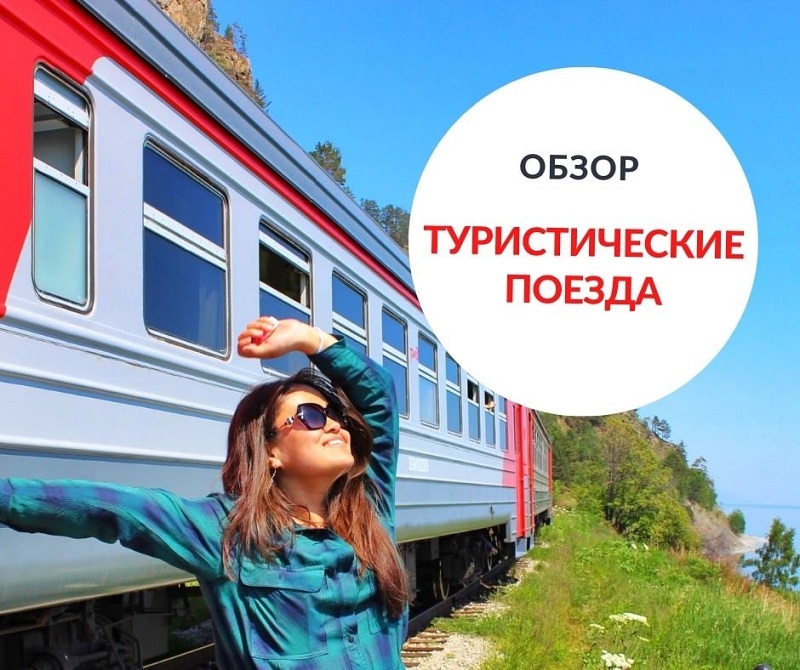
Пассажиры туристических поездов могут спланировать свою экскурсионную программу самостоятельно или в пути у проводника оформить отдельные экскурсии. Мы собрали лучшие маршруты в одной подборке. Сохраните себе и не забудьте поделиться с друзьями.
«Сочи»
Поезд № 927/928
Туапсе – Сочи – Гагра (Абхазия)
Тур в Абхазию можно совершить на 1 день или 2 дня/1 ночь. Автобусные экскурсии по Абхазии можно приобрести во время поездки у проводника.
Все вагоны поезда оформлены в ретро стиле времен СССР.
«Серебряный маршрут»
Поезд № 924/923
Москва – Псков – Великий Новгород – Рыбинск – Ярославль – Москва
Красоты древних русских городов вы увидите всего за одни выходные.
«Жемчужина Кавказа»
Москва – Майкоп – Нальчик – Грозный – Махачкала – Дербент – Кисловодск – Москва
За 7 дней поездки можно увидеть побережье Каспийского моря, горные пейзажи, знаменитое озеро Казеной, мечеть «Сердце Чечни», Сулакский Каньон, Эльбрус, древний Дербент и другие красоты.
«В Карелию»
Поезд № 928/927
Москва – Петрозаводск – Сортавала – Выборг – Москва
На участке пути от станции Хелюля до Сортавала туристический поезд будет следовать на паровозной тяге.
«В Сибирь»
Поезд 926/927
Москва – Казань – Тюмень – Тобольск – Пермь – Москва
5 ночей/6 дней. Доступны вагоны классов «Люкс» и «купе». Туристы смогут посетить музей-заповедник «Казанский Кремль», термальный СПА-курорт в Тюмени, туристский комплекс «Абалак» в Тобольске и другие интересные объекты.
«Цветущая степь»
Москва – Ростов-на-Дону – Элиста – Москва
За 4 дня тура путешественники смогут увидеть не только интересные города с самобытной культурой, но и станут свидетелями уникального явления – цветения калмыцкой степи.
При написании использовались материалы публикации https://t.me/trip2rus2/81












